Electrofishing is the safest and most efficient method for analyzing a fishery. The amount of information that one can glean from a professional electrofishing survey is invaluable for the effective management of a fishery, ensuring that your lake is benefitting most from your investment.
If you are just starting with the management of your pond or lake, conducting a lake audit (electrofishing survey) is the first step in determining the current condition of your fishery and developing a management plan for improving your fishery. For those whose lake or pond has been managed for years, an annual lake audit is just as critical in order to stay ahead of the fishery and keep the fish growing in the right direction. Fisheries can fall out of balance quickly, and an electrofishing survey is the most effective way to ensure that the fishery stays in balance and that any management inputs needed to prevent balance problems within the fishery can be implemented in time.
We offer different levels of lake audits (electrofishing surveys) that include a range of services listed below. By speaking with one of our biologists, we can determine which electrofishing services are right for your lake to ensure that your management goals are met.
- Lake and Watershed measurement
- Dam & Outlet Inspection
- Determination of predator to prey balance
- Determination of species abundance
- Removal of unwanted species
- Relative Weight & Catch Per Unit calculations
- Identification of aquatic vegetation
- Basic Water Quality Testing (alkalinity, pH, dissolved oxygen, conductivity)
- Nutrient Testing
- Plankton & Cyanobacteria Testing
- Fish Tagging (Numbered Tags and PIT Tagging)
- Largemouth Bass DNA Testing
- Largemouth Bass Age & Growth Analysis
- Necropsies (evaluation of internal organs, parasites)
- Fish Harvest
- Lake Mapping






During an electrofishing survey, you will have the opportunity to speak with the biologist on site and observe the process used to survey the pond.
All our Lake Audits include reports delivered after the completion of the on-site survey. These reports will be written by our team of biologists and will include all findings and recommendations to reach your desired goals for the fishery such as: supplemental stocking rates, harvesting rates, fish habitat improvements, aquatic vegetation control measures, supplemental feeding recommendations, and water quality improvements. Alongside these recommendations, we will provide timelines for their implementation.
Additionally, with regular electrofishing surveys, such as those that are included in our annual service agreement, we can track and report on the growth of the fishery, allowing you to track your progress and forecast future results if proper management is continued. Many of the lakes where we have tagged fish in the past have produced useful data, allowing for the tracking of specific tagged fish when they are recaptured in future surveys.
AES has a fleet of state-of-the-art electrofishing boats allowing us to properly shock ponds and lakes of all shapes and sizes.
Discover What Makes AES a Leader in Fisheries Management
Transform your lake or pond into the perfect retreat for fishing, family bonding, and relaxation. With AES, you’re not just managing a fishery—you’re investing in a legacy. Let’s bring your vision to life. Contact us today to start designing your custom Fisheries Management Plan.

